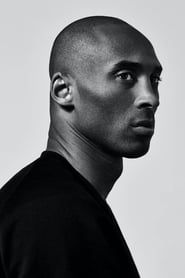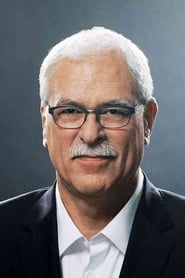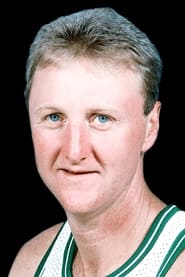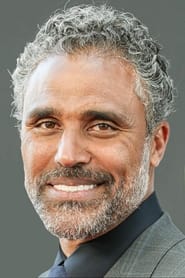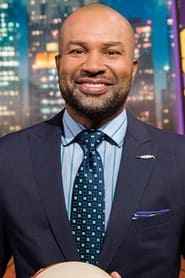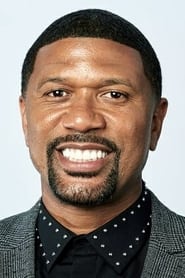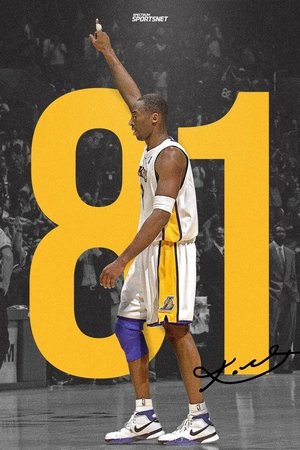
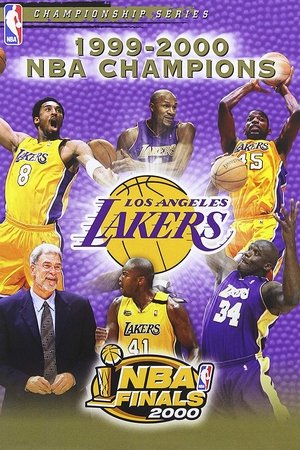
1999-2000 NBA Champions: Los Angeles Lakers(2000)
As they entered the 1999-2000 season, the Los Angeles Lakers seemed destined for greatness. After a season-long journey that tested their resolve as much as their destiny with a dramatic victory over the Indiana Pacers in the NBA Finals. Behind Shaquille O'Neal's dominating MVP performance, Kobe Bryant's brilliant play, and Phil Jackson's unique Zen philosophy the Lakers claimed their 12th title.

Movie: 1999-2000 NBA Champions: Los Angeles Lakers
Top 10 Billed Cast

1999-2000 NBA Champions: Los Angeles Lakers
HomePage
Overview
As they entered the 1999-2000 season, the Los Angeles Lakers seemed destined for greatness. After a season-long journey that tested their resolve as much as their destiny with a dramatic victory over the Indiana Pacers in the NBA Finals. Behind Shaquille O'Neal's dominating MVP performance, Kobe Bryant's brilliant play, and Phil Jackson's unique Zen philosophy the Lakers claimed their 12th title.
Release Date
2000-11-21
Average
0
Rating:
0.0 startsTagline
Genres
Languages:
EnglishKeywords
Similar Movies
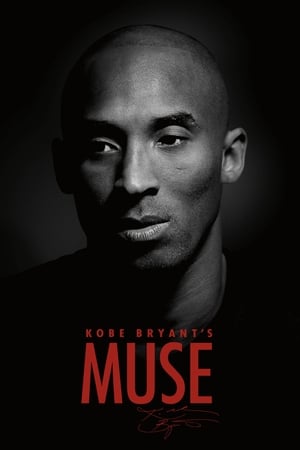 7.8
7.8Kobe Bryant's Muse(en)
Documentary that goes behind the stats to reveal the story of Kobe Bryant's career, exploring the mentorships, allies and rivalries that have helped shape his stellar 18-year tenure in the NBA, and offering access to his daily experiences, his lifelong inspirations and the battle with his greatest personal challenge yet.
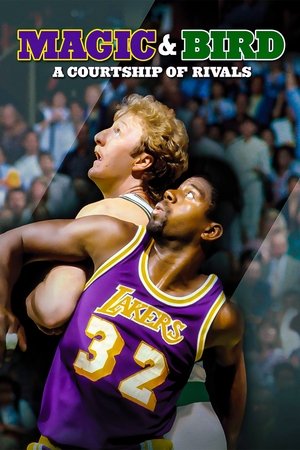 7.7
7.7Magic & Bird: A Courtship of Rivals(en)
An exploration of the fierce rivalry between NBA superstars Larry Bird and Magic Johnson during their decade of dominance.
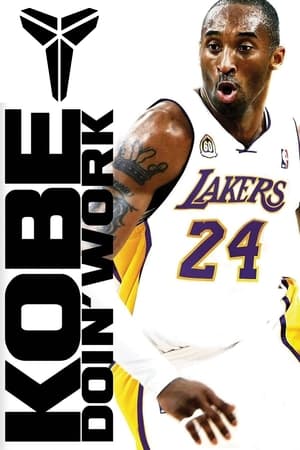 6.5
6.5Kobe Doin' Work(en)
A documentary following Kobe Bryant during one day of the 2008 NBA playoffs.
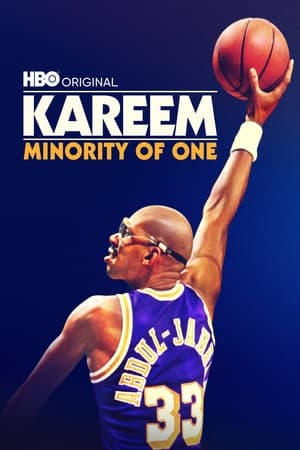 7.2
7.2Kareem: Minority of One(en)
This documentary charts the complexity and genius of the NBA's all-time leading scorer Kareem Abdul-Jabbar's legendary career, both on and off the court. Spotlighting a six-time MVP and six-time world champion, the film examines his controversial and landmark moments, his outspoken feelings about race and politics, and the evolution of the game.
Los Angeles Lakers: 1984-1985 NBA Champions Return To Glory(en)
Led by Earvin 'Magic' Johnson and Kareem Abdul-Jabbar, relive the return to glory as the Los Angeles Lakers take on Larry Bird and the Boston Celtics in a legendary 1984-85 NBA Finals match up. Avenging their loss to the Celtics in the previous year, experience the excitement of the Lakers historic ninth NBA Championship.
 6.9
6.9The Announcement(en)
On Thursday, Nov. 7, 1991, Earvin "Magic" Johnson made people stop and watch at the Forum in Inglewood, Calif. But this time it wasn't his basketball brilliance as a perennial NBA All-Star and three-time MVP that was captivating audiences worldwide. Instead, the 32-year-old groundbreaking point guard was holding a press conference to make the stunning announcement that he was HIV-positive and would be retiring from basketball immediately.
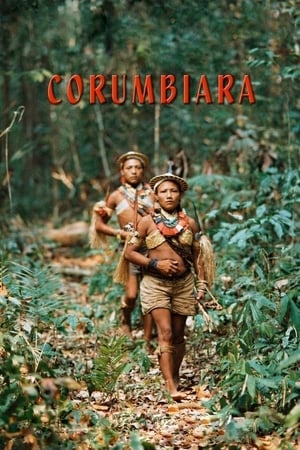 5.8
5.8Corumbiara(pt)
In 1985, a daring worker of the Bureau of Indian Affairs in Brazil denounced a massacre in the lawless region of Corumbiara. The investigations turned to a series of indigenous genocides in the area. Spanning 20 years, the film shows the search for proof and the version of the survivors, when they were finally found, hiding in the forest, terrified of white men.
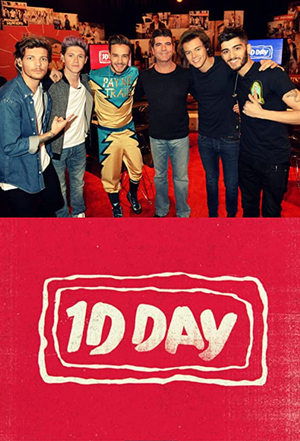 8.0
8.01D Day(en)
One Direction host a seven hour special to promote their third album, Midnight Memories. Each hour is hosted by different members.
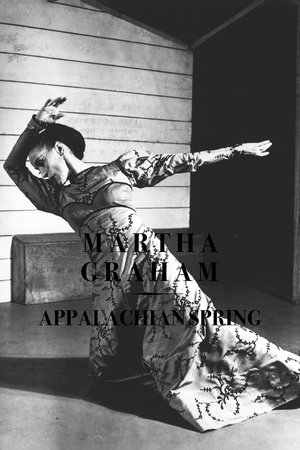 4.9
4.9Appalachian Spring(xx)
A filmed version of Aaron Copland's most famous ballet, with its original star, who also choreographed.
 7.1
7.1Nanook of the North(en)
This pioneering documentary film depicts the lives of the indigenous Inuit people of Canada's northern Quebec region. Although the production contains some fictional elements, it vividly shows how its resourceful subjects survive in such a harsh climate, revealing how they construct their igloo homes and find food by hunting and fishing. The film also captures the beautiful, if unforgiving, frozen landscape of the Great White North, far removed from conventional civilization.
 6.9
6.9Olympia: Part One – Festival of the Nations(de)
Commissioned to make a propaganda film about the 1936 Olympic Games in Germany, director Leni Riefenstahl created a celebration of the human form. This first half of her two-part film opens with a renowned introduction that compares modern Olympians to classical Greek heroes, then goes on to provide thrilling in-the-moment coverage of some of the games' most celebrated moments, including African-American athlete Jesse Owens winning a then-unprecedented four gold medals.
 9.0
9.0Mixtape La Pampa(es)
This is the cinematographic diary of an extended trip across the Pampas, on the trail of Guillermo Enrique Hudson, aka William Henry Hudson. Hudson is an enigmatic figure, full of paradoxes: he was an Argentine gaucho who became an English writer. He fought in the army against the “savages” but also defended them. He wrote obsessively about his native land, but never returned. In the twists and turns of the road, emerges a mix of documentary speculation, personal memory… and dreams.
 6.7
6.7Olympia: Part Two – Festival of Beauty(de)
Commissioned to make a propaganda film about the 1936 Olympic Games in Germany, director Leni Riefenstahl created a celebration of the human form. Where the two-part epic's first half, Festival of the Nations, focused on the international aspects of the 1936 Olympic Games held in Berlin, part two, The Festival of Beauty, concentrates on individual athletes such as equestrians, gymnasts, and swimmers, climaxing with American Glenn Morris' performance in the decathalon and the games' majestic closing ceremonies.
 6.7
6.7Workers Leaving the Lumière Factory(fr)
Working men and women leave through the main gate of the Lumière factory in Lyon, France. Filmed on 22 March 1895, it is often referred to as the first real motion picture ever made, although Louis Le Prince's 1888 Roundhay Garden Scene pre-dated it by seven years. Three separate versions of this film exist, which differ from one another in numerous ways. The first version features a carriage drawn by one horse, while in the second version the carriage is drawn by two horses, and there is no carriage at all in the third version. The clothing style is also different between the three versions, demonstrating the different seasons in which each was filmed. This film was made in the 35 mm format with an aspect ratio of 1.33:1, and at a speed of 16 frames per second. At that rate, the 17 meters of film length provided a duration of 46 seconds, holding a total of 800 frames.
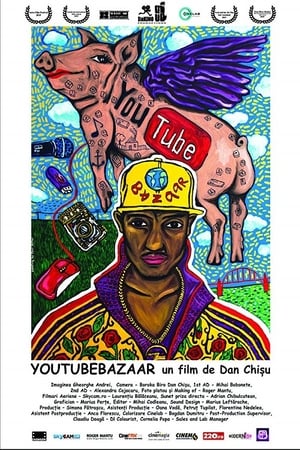 7.5
7.5YouTube Bazaar(ro)
The film is submerging in the world of YouTube and internet amateur-made-films posting through the eyes of Bahoi, one of Romania's most viewed filmmakers. The first part of the movie deeply analysis his films by going to his hometown village in Romania, Peninsula, and meeting Bahoi's most famous characters. Also through Bahoi's own words we are trying to find out why is he filming so much brilliant material, why is he posting it on the internet and how he took this passion with him to the West. In the second part we are traveling along with Bahoi throughout Europe to discover more talented people and make some sense of this huge boom in filmmaking.
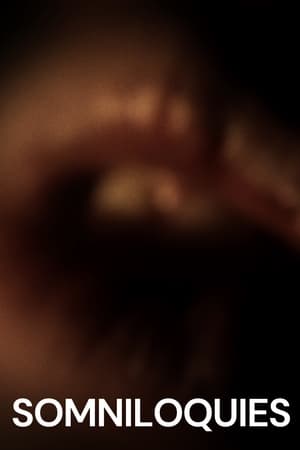 7.6
7.6Somniloquies(en)
Works with sound recordings of Dion McGregor, who became famous for talking in his sleep.
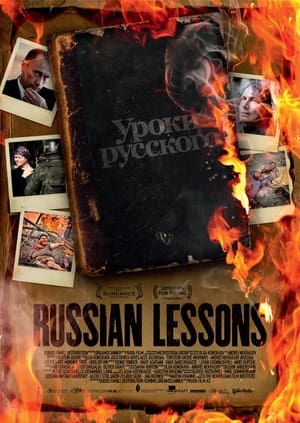 5.8
5.8Russian Lessons(ru)
Russian Lessons sees its two filmmaker-protagonists, Olga Konskaya and Andrei Nekrasov, report from different posts on the frontline of the 2008 Russian-Georgian war.
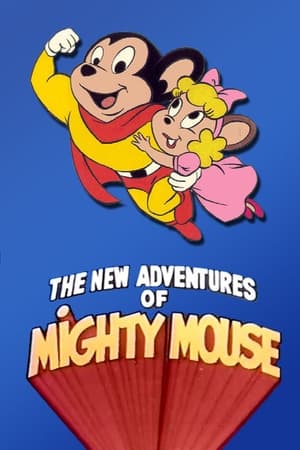 6.0
6.0Breaking the Mold: The Re-Making of Mighty Mouse(en)
Documentary about Mighty Mouse: The New Adventures.
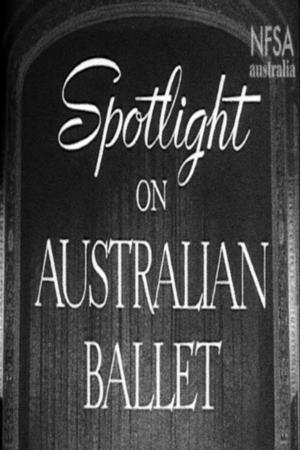 0.0
0.0Spotlight On Australian Ballet(en)
This film reveals the roots of ballet in Australia and the story of the overseas dancers who brought their art to Australia. This encouraged the rise of local dancers who proved themselves adept in the classic ballets of Russia, France and Great Britain. It traces the birth of Australian choreography, decor and mounting with Australian dancers shown performing an Australian musical composition with Australian themes. Influential figures such as Edouard Borovansky, Tchinarova and Margot Stevenson are featured as well as the Borovansky Ballet, the Ballet Guild and the Bodenwieser Modern Expressive Ballet.
